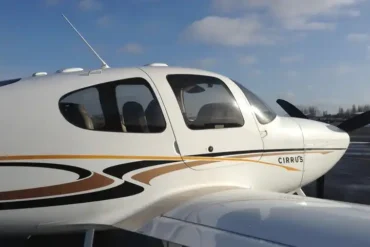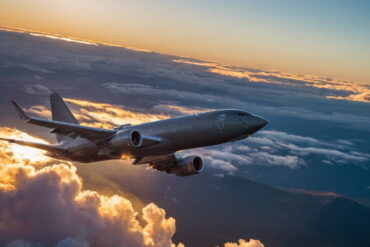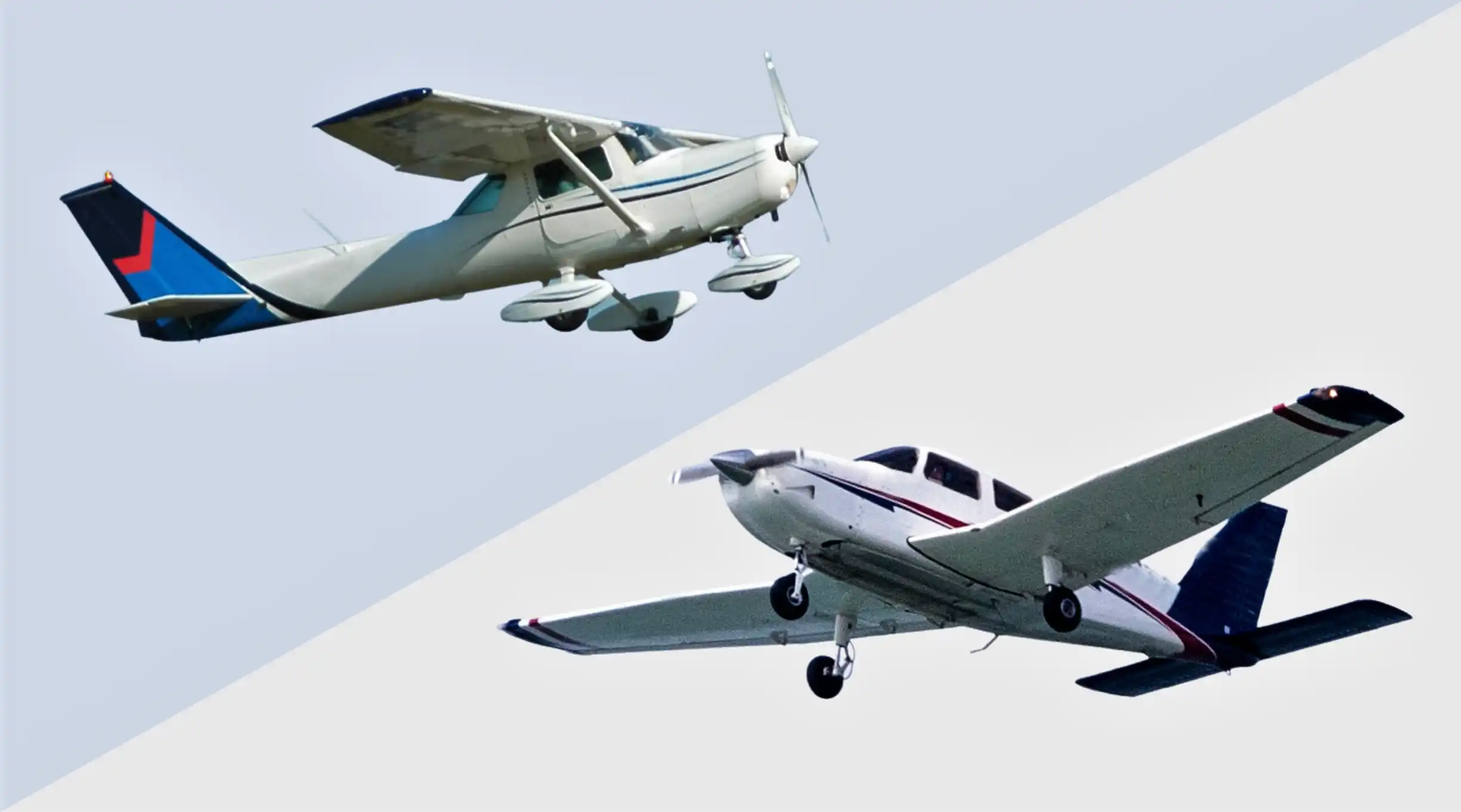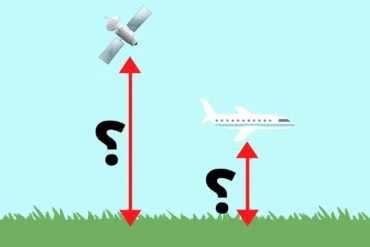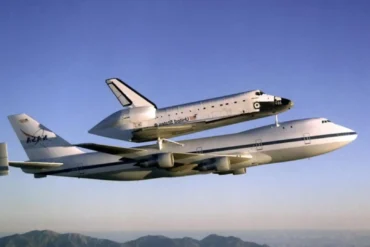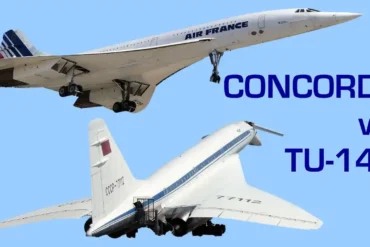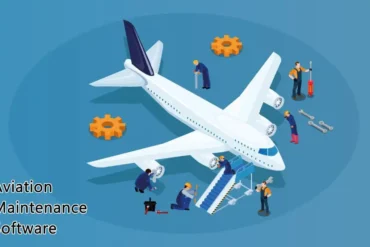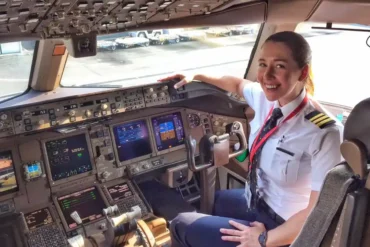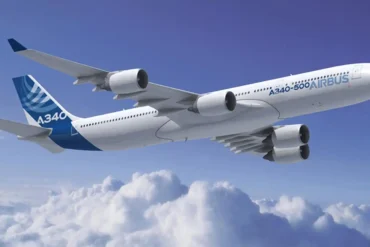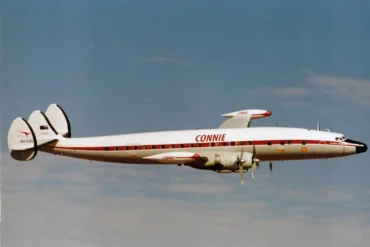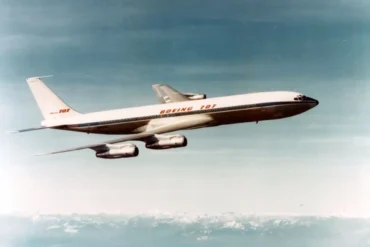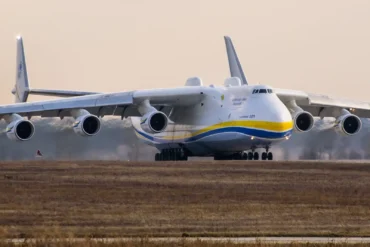When you listen to pilots talk to air traffic control, you might hear some pilots say “heavy” after their callsign. This isn’t just filling space – it has an important meaning that helps keep everyone safe.
Putting Aircraft in Weight Classes
In the US, aircraft are put into four weight classes based on their maximum takeoff weight: small, large, heavy, and super. The key terms here are “heavy” and “super.” A 2015 guideline from the Federal Aviation Administration (FAA) says small aircraft weigh 41,000 pounds or less at takeoff.
Large aircraft are over 41,000 pounds, up to 300,000 pounds. Any aircraft that weighs 300,000 pounds or more at takeoff is called “heavy” by the FAA. The special “super” name is only for giants like the Airbus A380.
The International Civil Aviation Organization (ICAO) uses slightly different labels. Light aircraft are under 15,500 pounds, medium are between 15,500 and 300,000 pounds, and heavy aircraft are 300,000 pounds or more – with the A380 as the only current “super.”
“Heavy” Warns About Turbulence Too
These labels aren’t just for fun – they have a real purpose. The heavier an aircraft is, the stronger its wake turbulence can be. This turbulence comes from the wings during takeoff and landing and can be risky for other aircraft behind it.
When pilots talk to air traffic control, adding “heavy” to their callsign signals a need for more space between them and the next aircraft. You’d want a lot of room if you were in a small prop plane behind an A380! The wake turbulence could literally flip a lightweight aircraft. But between two small commuters, they don’t need much space.
Spacing Depends on Aircraft Size
The FAA has guidelines on how much space is needed based on the aircraft sizes. If you’re in a small plane behind a “super” aircraft, you need a minimum of 8 nautical miles. Even a big plane like a Boeing 747-400 needs 6 nautical miles if it’s behind a super aircraft.
As the planes get smaller, the minimum distance decreases too. A large plane behind a heavy jet needs just 5 nautical miles. When one heavy aircraft follows another, 4 nautical miles is enough room. And a little turboprop plane requires 6 nautical miles if it’s behind a 747.
Interestingly, a super aircraft only needs 2.5 nautical miles behind any other plane. There are rare exceptions – some places make Boeing 757s count as “heavy” if they’re in front.
Overall, “heavy” not only communicates size, but prompts other aircraft to keep a safe distance. Like everything in aviation, it’s about safety first.

